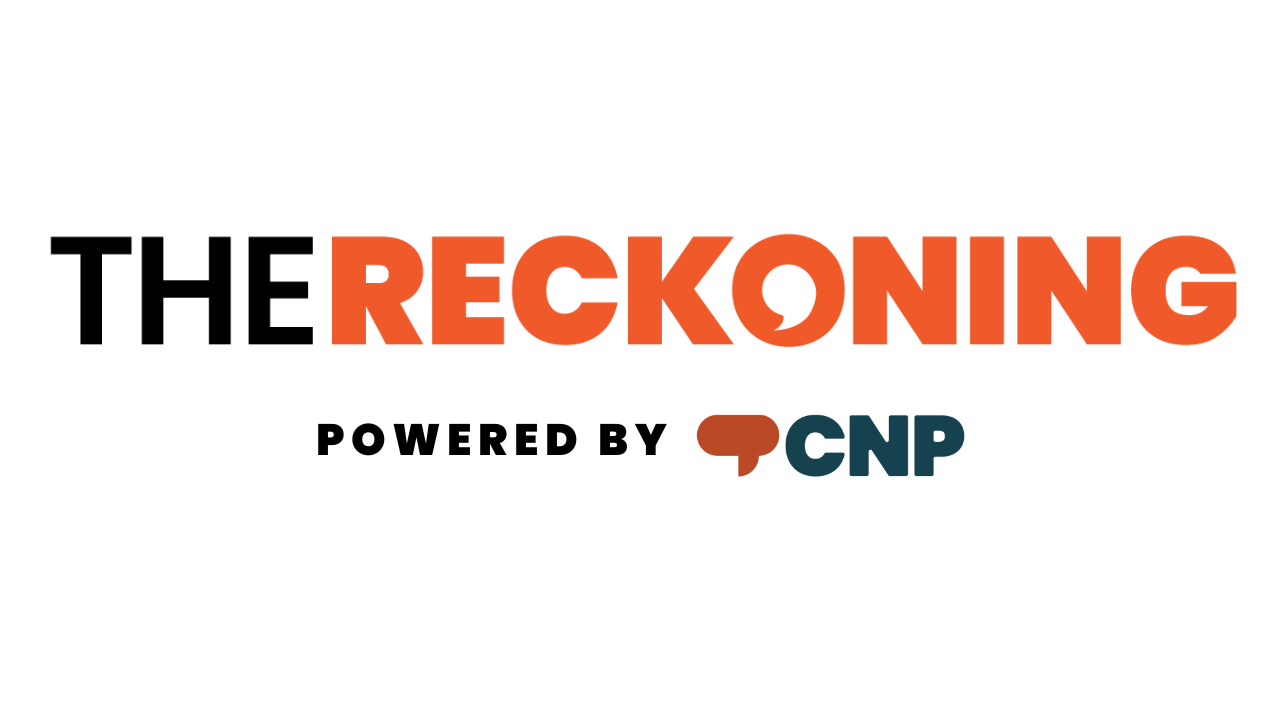Black Dandyism and the Crisis Among Black Men—A Call for Change Beyond Fashion

The 2025 Met Gala’s theme, Superfine: Tailoring Black Style, showcased Black dandyism—an artful tradition where fashion is more than a form of self-expression, but is a declaration of identity, culture, and resistance against racial oppression. Yet, as we celebrate the historical significance of Black men’s style, we must face a harsh reality: the growing crisis among Black men, especially in mental health, education, and economic spaces. While Black dandyism has long been a means of asserting pride and autonomy in a society that devalues the lives of Black men, we must ask: Can fashion inspire hope or change during these turbulent times?
Photo by Usman Umar: https://www.pexels.com/photo/a-man-posing-in-a-suit-26060995/
Black Dandyism: Fashion as Resistance
Black dandyism emerged in the 19th century as a rejection of stereotypical portrayals of Black masculinity. It’s a tradition rooted in elegance, defiance, and a deliberate challenge to societal expectations. Historically, Black men used fashion as an expression of their humanity and individuality when they were systematically denied these things. In the context of the Met Gala’s 2025 theme, the spotlight on Black dandyism provides an opportunity to reflect on its rich cultural heritage and its continuing importance in the fight against systemic racism.
For me, fashion has always been more than just clothes—it’s been a symbol of reclamation and pride. I remember how my grandfather, after a long week working at the local sawmill, a job that was not just physically demanding but one in which he quite literally brought home the remnants of his labor covered from head to toe in sawdust and dirt —would dress up on the weekends. He’d slip into his cowboy boots, don his best Stetson hat, a suit or jeans, and some nice jewelry. It served as a form of rebuff in a world that often ignored his worth.
“Fashion has always been more than just clothes—it’s been a symbol of reclamation and pride.”
To be clear, his ritual of pulling himself together wasn't about status—it was about identity and the recognition that his agency was often policed. As such, he used fashion as a signifier—a tool for rebellion to disrupt and transcend the material limitations that were thrust upon him, reinforcing that his value was not determined by the circumstances of his birth or the color of his skin.
The Mental Health, Education, and Economics Crisis Among Black Men
While Black dandyism represents resilience, the reality of Black men’s lives today paints a much more complex and urgent picture. A 2024 study found that a significant percentage of young Black men in rural Georgia, the place of my upbringing, reported suicidal thoughts, often stemming from childhood trauma, systemic racism, and lack of mental health support. At the same time, suicide remains one of the leading causes of death for Black men between the ages of 15 and 24. Meanwhile, college enrollment among Black men is at its lowest in decades, and economic inequities persist, with unemployment rates for Black men spiking in recent months as we continue to face systemic barriers to upward mobility. These issues are compounded by the challenges posed by a rapidly changing labor market, where job opportunities often don't align with the needs of Black communities and a challenging political environment.
Bridging Fashion with Real Change Step Toward a More Equitable Future
Can Black dandyism inspire change beyond the confines of the red carpet? The answer depends on how we connect the cultural significance of fashion to the broader struggles for economic equity and educational opportunities.
As we celebrate Black dandyism at the Met Gala, we must also take action to address the real-world crises facing Black men. The same cultural pride that Black men channel into their style should be mirrored in policies and initiatives that provide them with access to education, mental health support, and economic opportunities.
“The same cultural pride that Black men channel into their style should be mirrored in policies and initiatives that provide them with access to education, mental health support, and economic opportunities.”
We need more investment in Black communities, particularly in education and mental health services that are tailored to the specific needs of Black men. The educational gap must be addressed with increased funding for HBCUs and mentorship programs that foster the next generation of Black leaders. We must also tackle the barriers to employment and economic mobility that have long plagued Black men, pushing for policies that promote job creation, fair wages, and equal opportunity.
Fashion has long been a source of strength and defiance for Black men. At its best, Black dandyism can be a visual affirmation of Black power and resilience. In fact, the symbolic often signals the transformative. So as we honor this tradition, we must also face the reality that Black men need more than stylish clothes—they need systemic change. Let the legacy of Black dandyism inspire not just admiration for Black men’s fashion sense, but a commitment to dismantling the barriers that continue to limit their opportunities and threaten their well-being. In doing so, we can create a future where Black men are not just seen on the red carpet but are thriving in every facet of their lives.
Eric Paulk is a writer and advocate from South Georgia. His work explores Black queer life, Southern identity, and justice. A Soros Fellow and Rockwood alum, his writing has appeared in HuffPost, The Atlanta Voice, and Plus Magazine.

